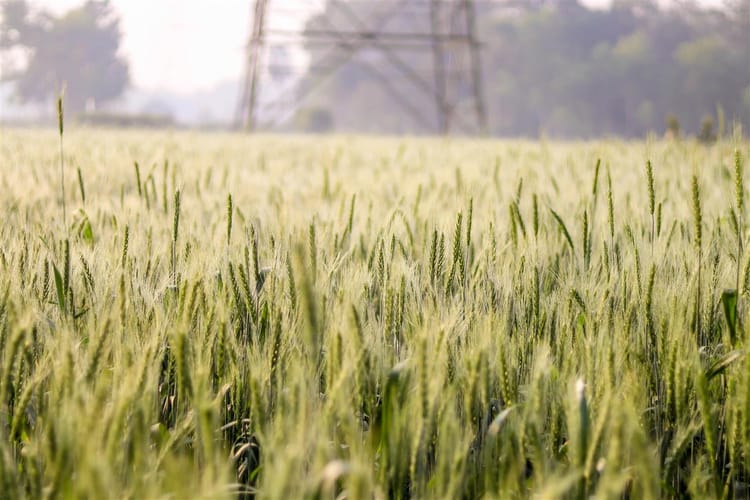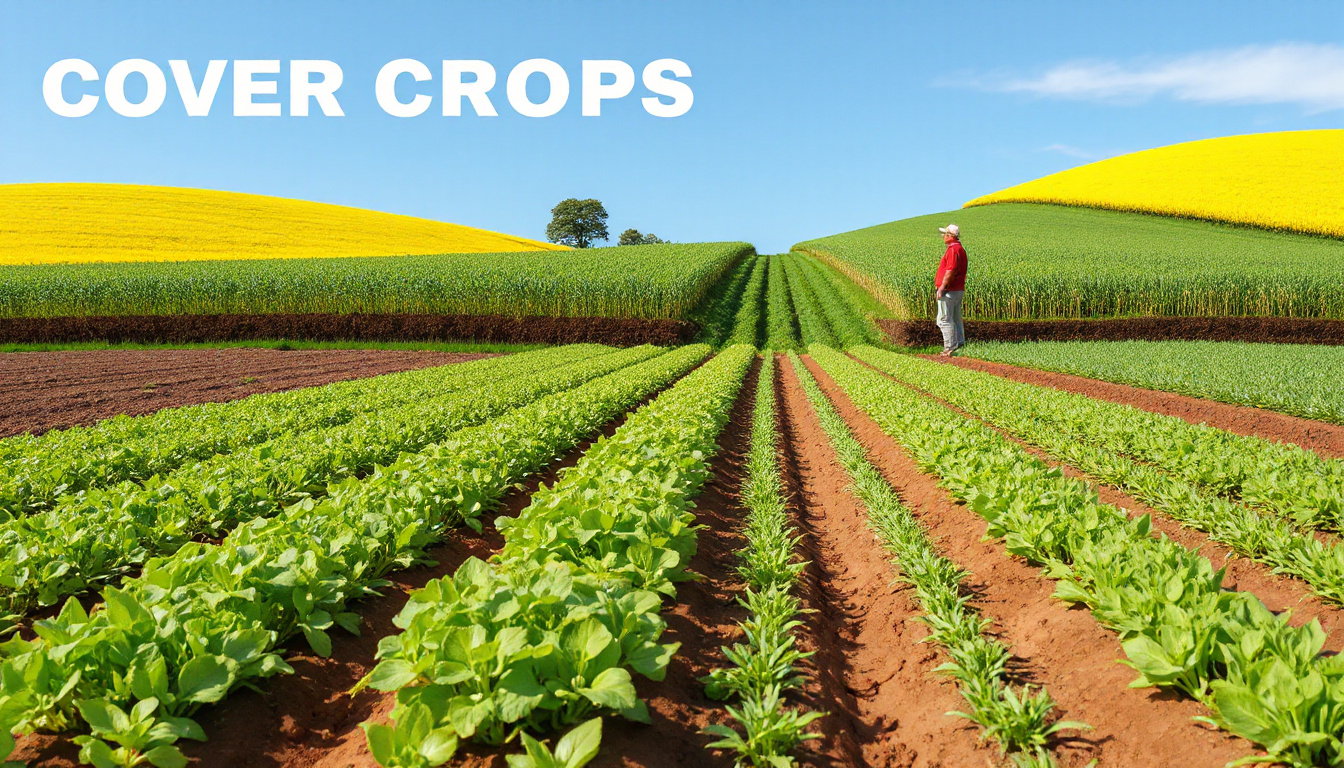Maximizing Soil Health: My Journey with Cover Crops in Market Gardening

As market gardening enthusiasts strive for sustainability and productivity, one crucial practice has emerged as a cornerstone for soil health: the use of cover crops narrated by JM Fortier.
My journey in market gardening has taught me valuable lessons about these resilient plants, particularly their ability to enhance soil structure, promote biodiversity, and naturally enrich our gardens with essential nutrients.
Understanding Cover Crops
At the heart of this practice is the concept of cover crops, which involve planting specific crops that are not intended for harvest but rather serve to cover and enrich the soil. These crops, often legumes, harbor unique symbiotic relationships with soil-dwelling bacteria, allowing them to fix nitrogen from the air and store it in the soil.
This process transforms cover crops into what many organic farmers refer to as “green manure.” The rich organic matter they contribute not only nourishes the soil but also improves its overall structure and fertility—essential for any sustainable farming system.
The Role of Legumes
Through my exploration, I discovered that legumes are particularly beneficial in this regard. Their expansive root systems and the nitrogen-fixing nodules they develop are critical in revitalizing the nutrient content of the soil. When these plants decompose, they release nitrogen and organic matter, providing food for a diverse range of soil organisms.
This symbiotic activity leads to healthier soil, fostering an ecosystem where not just plants thrive, but beneficial organisms such as earthworms and various soil microbes flourish.
Practical Experience with Cover Crops
In my own experience, utilizing cover crops requires a thoughtful approach in terms of timing and rotation.
By integrating a cover crop into my planting schedule
—perhaps occupying one out of every four beds or blocks for eight to twelve weeks
- I maximize both nutrient addition and soil microbial activity without sacrificing precious growing space for cash crops.
This intentional rotation creates a balance between short-term productivity and long-term soil health.
Managing Cover Crops in a No-Dig System
One of the challenges I faced was effectively incorporating cover crops into a no-dig system. While some farmers rely on traditional tilling methods to mix green manures into the soil, I prefer a gentler approach. I use a flail mower to carefully chop the cover crops. This tool efficiently breaks down the plant matter into smaller pieces, promoting quicker decomposition and easier incorporation into the soil.
After mowing, I cover the area with a tarpaulin, allowing microorganisms to break down the chopped organic matter without exposure to light, thereby gradually killing the cover crop. This process enhances the microbial digestion of the organic matter, ensuring the soil remains healthy and fertile when it comes time for planting cash crops.
Equipment and Tools for Success
Throughout this journey, I've found that having the right tools is essential. The flail mower, for instance, is invaluable for preparing the cover crop into mulch. Its ability to finely chop the material helps speed up the decomposition process, allowing for a quicker turnaround before planting. While some might opt for simpler alternatives like weed whackers, I’ve seen firsthand the efficiency and efficacy of using a specialized mower.
Additionally, employing a broad fork or a power harrow to prepare the seed bed ensures that I minimize soil disturbance while efficiently preparing the top layers for new crops.
Teaching and Sharing Knowledge
An aspect of my journey that I've particularly enjoyed is sharing what I've learned. Recently, I collaborated with my apprentice to serve a dish featuring a harvested legume cover crop—vetch—at a local restaurant. We took this opportunity to educate diners about the importance of cover crops, their role in soil health, and the concept of nitrogen fixation.
This interaction not only highlights the connection between the soil and what we consume but also reinforces the value of sustainable practices in our food systems.
Conclusion
Maximizing soil health through cover crops has been a transformative journey in my market gardening practices. By understanding and implementing these techniques, I've been able to cultivate a more resilient and fertile garden environment.
Cover crops not only serve as a source of nutrients but also foster a thriving ecosystem within the soil. As more gardeners embrace these practices, we move closer to achieving sustainable food production that respects and enriches our environmental landscape for years to come.
We publish a quarterly magazine available in IOS, Android and Web reader. Stories and articles curated from amazing people all around the world.






